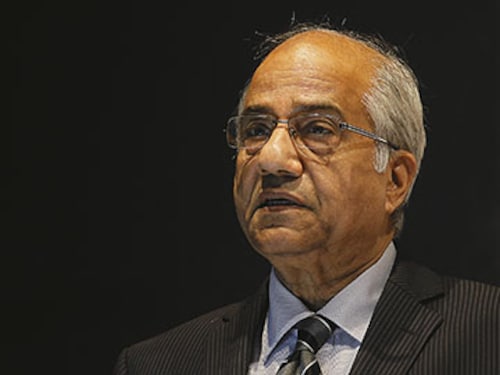Seeking a Unified Market Regulator
A government-appointed commission hopes to restructure India's financial regulatory architecture


In the second week of September, Minister of Finance P Chidambaram met Justice BN Srikrishna, chairperson of the Financial Sector Legislative Reforms Commission (FSLRC), and D Swarup, a commission member. The minister told them they should write the new laws like English Law: Enduring, and in the simplest language possible.
The commission, set up in March 2011, has the task of assessing the patchwork quilt that is the legislative structure under which India’s financial sector operates, and recommend ways to disentangle old, overlapping laws that often lead to regulatory gaps and conflicts. One such recent conflict was the IRDA accusing Sebi of stretching its jurisdiction to regulating insurance plans linked to equities.
The FSLRC outlined its approach to the restructuring in a paper published on October 1. It highlights the intention to create a unified regulator that would replace four regulators, including those of capital markets and the insurance industry.
“There are too many cooks and there is no information sharing. One regulator often does not know what is happening elsewhere in the country,” said Srikrishna. “We are looking at creating a unified structure.”
The idea is not new: Fourteen years ago, a committee chaired by then IDBI chairman and managing director SH Khan had proposed a super-regulator. Others had subsequently endorsed it, but the government was never convinced. There were murmurs of bureaucrats opposing the proposal, because many of them extend their careers by getting appointed to one of the regulatory bodies.
A former official of the Ministry of Finance, who managed the Indian economy for several years, says the skills required to regulate various markets are very different.
“What good is a holding company of regulators?” he asks, pointing out that the nature of transactions in the capital markets is nothing like that in the insurance market. Another example, he says, is the RBI managing government borrowing, which is typically huge, and has an impact on systemic liquidity and interest rates. “If the debt management office is in the government [as the FSLRC wants], how will the RBI manage liquidity?” he asks.
He may have a point, but the real issue is the relationship between the government and the regulators. Because the top brass of regulators—often bureaucrats—are appointed by the government, it creates a sense of loyalty and obligation. This undermines the independence of the regulator.
The FSLRC proposes to make the appointment process independent of government control, and create alternative mechanisms for measuring regulatory performance. It will present its recommendations and draft laws in March. The most important suggestion it is expected to make is the creation of a redressal system. The commission’s paper says it wants to have a unified redressal mechanism a nationwide one-stop shop where consumers can complain against financial firms.
First Published: Nov 08, 2012, 06:27
Subscribe Now